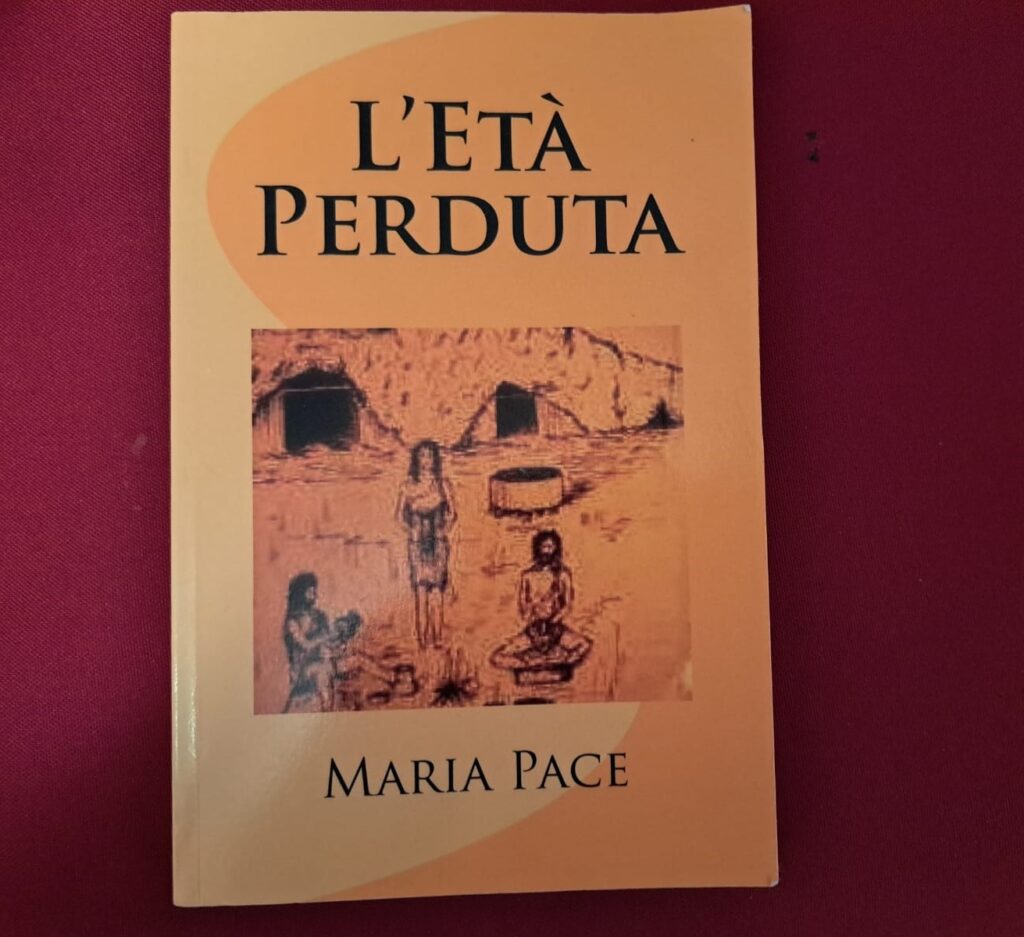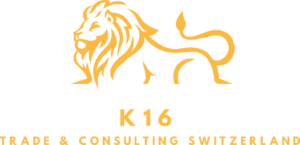Novel L’Età Perduta – The Lost Age
Zaira Sellerio recommends the Italian language reading of Maria Pace’s L’Età Perduta, (the Lost Age) a novel that combines history, ecology and fantasy in an exciting adventure between the past and the future.

Plot
L’Età Perduta – The Lost Age by Maria Pace is a historical-ecological novel with a fantasy twist. It tells the adventure of Taur, a prehistoric boy catapulted into the technological era, comparing two civilisations: homo sapiens sapiens and homo technologicus. A gripping tale, full of discovery and suspense, which takes the reader on a journey between the past and the future.
Review by Zaira Sellerio
This is an excerpt from a book I read and which, from the first to the last word, aroused in me a symphony of unspeakable emotions.
The scene takes place at the North Pole, a fairy-tale, phantasmagorical place, a city of ice at the edge of the world, under a sky of clarity unknown at other latitudes.
‘L’ETÀ PERDUTA – THE LOST AGE’ is the title of this book, written by Maria Pace, a writer and researcher of ancient cultures.
It is a book that has supported educational workshops in many schools and is therefore aimed at a young audience.
I often hear that young people do not like reading, preferring electronic games and other similar amusements. This is probably true. The reason, however, lies in the fact that books for children are few and often not very engaging.
Maria Pace, on the other hand, has managed, with a simple, fluent and at times entertaining narrative, to capture and satisfy the expectations of a reader as demanding as a school-age child.
To think, however, that this read is intended only for children is a mistake: ‘’ it is a book for the whole family. It is so because it deals with social and environmental issues with the intention of making children (and not only them) aware of the problems that afflict our planet.
The author’s approach, however, is not dramatic or heavy, but light, engaging and, at times, even moving.
‘Candida shell no longer able to protect the precious pearl,’ the reading continues, in a crescendo of emotions, ’the ice cracked open showing the rostrum of a boat…’
The ‘precious pearl’ is a boy from another era, a distant time, imprisoned in the ice and projected…But I do not want to deprive the reader of the pleasure of discovery and I stop, inviting him to continue.
Here, friends, research and discovery are the leitmotif of this book, a journey that awakens the senses and teaches respect for oneself and for others.
‘The end had come and everyone knew it. The whole world knew it; medical bulletins issued hourly about the suffering and agony of that boy whom technological civilisation was killing…’
And here was the finale, dramatic in its essentiality, but profound as a lesson for all:
Gabriella bent over him, called out to him.
‘Taur.’
Taur raised a blurred gaze, distant, remote, unreachable….
‘Tasin…’ he replied.
‘Who is Tasin?’ asked the doctor behind him.
‘It’s his mother…’
And Gabriella took between her own the hand Taur stretched forward, as if indeed his mother was there, come to take back that son from such a stupid and unconscious world.
Taur did not answer. Taur could no longer answer.
Simone turned towards the door; now they could all come in and mourn their lost friend.
I know it is often said not to reveal the ending of a book, and I hope the author doesn’t hold it against me, but I think exceptions should be made in some cases.
Reading this book is really useful and interesting, which is why I recommend it to everyone, especially teachers and professors, to be read at school.
I recommend it because it is a book that can make young readers aware of social and environmental issues, reminding us adults that the world we bequeath to them is wonderful, but fragile and wounded.






